About the project
Whispering Galleries is an interactive artwork developed specifically for the city of New Haven by Brad Bouse and Amaranth Borsuk, the creators of Between Page and Screen, a book of augmented-reality poems.
A work of interactive poetry, Whispering Galleries is inspired by a set of anonymous 1858-1859 diaries kept by a New Haven County shop clerk. Visitors to the New Haven Free Public Library, where Whispering Galleries will be on exhibit starting April 26, 2014, are invited to read and engage with the words of this figure, using their hands to capture the echoes of his voice through a virtual whispering gallery: a screen that allows us to simultaneously look into the past and see the present.
A whispering gallery is a domed space whose unique architecture carries even the quietest sounds from one end of the room to another with utmost clarity, allowing visitors to communicate in whispers across a great distance. Notable whispering galleries include St. Paul’s Cathedral in London, the Mapparium of the Mary Baker Eddy library in Boston, and the National Statuary Hall on Capitol Hill in Washington, D.C. Our whispering gallery delivers messages across the vast distance of time—helping a voice that would otherwise be lost to history find its way to a contemporary audience.
The keeper of this diary worked with his hands: as a woodworker making handles for tools, as a dry goods clerk sweeping out the shop and making trade, as a violinist making music at intimate gatherings and church occasions, and as a composer writing pieces for performance at the local school. In daily entries, the author's week is measured out by hand-work.
Others come in and out of his shop and diary: customers, relatives, and friends whose presence reveals the way a New England community of the mid-19th century relied on careful manual labor for its members' livelihood and enrichment. Visitors to Whispering Galleries encounter his text, using their own hands sweep the dust from this diary and reveal erasure poems that tell a hidden narrative of 19th-century life, labor, and art.
Technique
Erasure poetry takes the printed word as its source: using another author’s text, the poet selectively removes language to reveal new poems within it. Many poets conceive of erasure as a dialogue between the source text and the emergent one—a conversation that can provide a new lens on the original work. Perhaps the best-known work of erasure, Tom Phillips’ Humument (1966), is a continually-evolving book. Phillips draws, paints, and collages over the pages of W.H. Mallock’s 19th-century novel A Human Document to create new narratives and images from the words left behind. In every edition of the book, he replaces several pages with new versions as a testament to the wealth of possibility within a single page of text.
Other notable erasure works include Ronald Johnson’s Radi Os (1977), from Paradise Lost, Jen Bervin’s Nets (2004), from Shakespeare’s sonnets, and Janet Holmes’ MS of My Kin (2009), from the poems of Emily Dickinson. These works make something new from their sources while also inviting us to look more closely at the text from which they are drawn.
Erasure has long been an interest of Borsuk’s. Her first book, Handiwork, concludes with a long erasure; in 2013 she collaborated with Nick Montfort and Jesper Juul on The Deletionist, a bookmarklet that automatically creates erasure poems from webpages; and her forthcoming collaboration with Andy Fitch, As We Know, is a book-length erasure that raises questions about gender, self-representation, and the authorial voice.
Technology
The project uses the Leap Motion, a device that plugs into a computer that detects the locations of the user’s hands and fingers in space, allowing him or her to manipulate objects simply by gesturing. While still in its infancy, this technology moves us closer to the kind of head’s up interaction envisioned by digital futurists.
Source Text
The poems readers encounter are based on an anonymous diary held in the collections of Yale University’s Manuscripts and Archives. The “transcription” of these diaries involved interpreting the eccentricities of the author’s penmanship, deciphering names, and cross-referencing with 1850 and 1860 census documents and the Hale Index. Borsuk used a number of online databases as well as the North Branford and New Haven historical society websites, and relied on the copious documentation of findagrave.com to locate possible names.
As a work of art, the project does not make claims about the identity or authorship of this work, but rather uses it as a jumping-off point to imagine life in New Haven County in the late 1850s, a moment of cultural, political and technological transition registered on the diary’s pages. Sample images are available for reference. The work is currently held by Yale University and can be located via the following citation:
(Miscellaneous) Collection (MS 181, folders 8&9). Manuscripts and Archives, Yale University Library.
Acknowledgments
Commissioned by Site Projects, Inc., Whispering Galleries is made possible by the Connecticut at Work initiative of Connecticut Humanities in partnership with The New Haven Free Public Library and Arts Council of Greater New Haven.
Screenshots
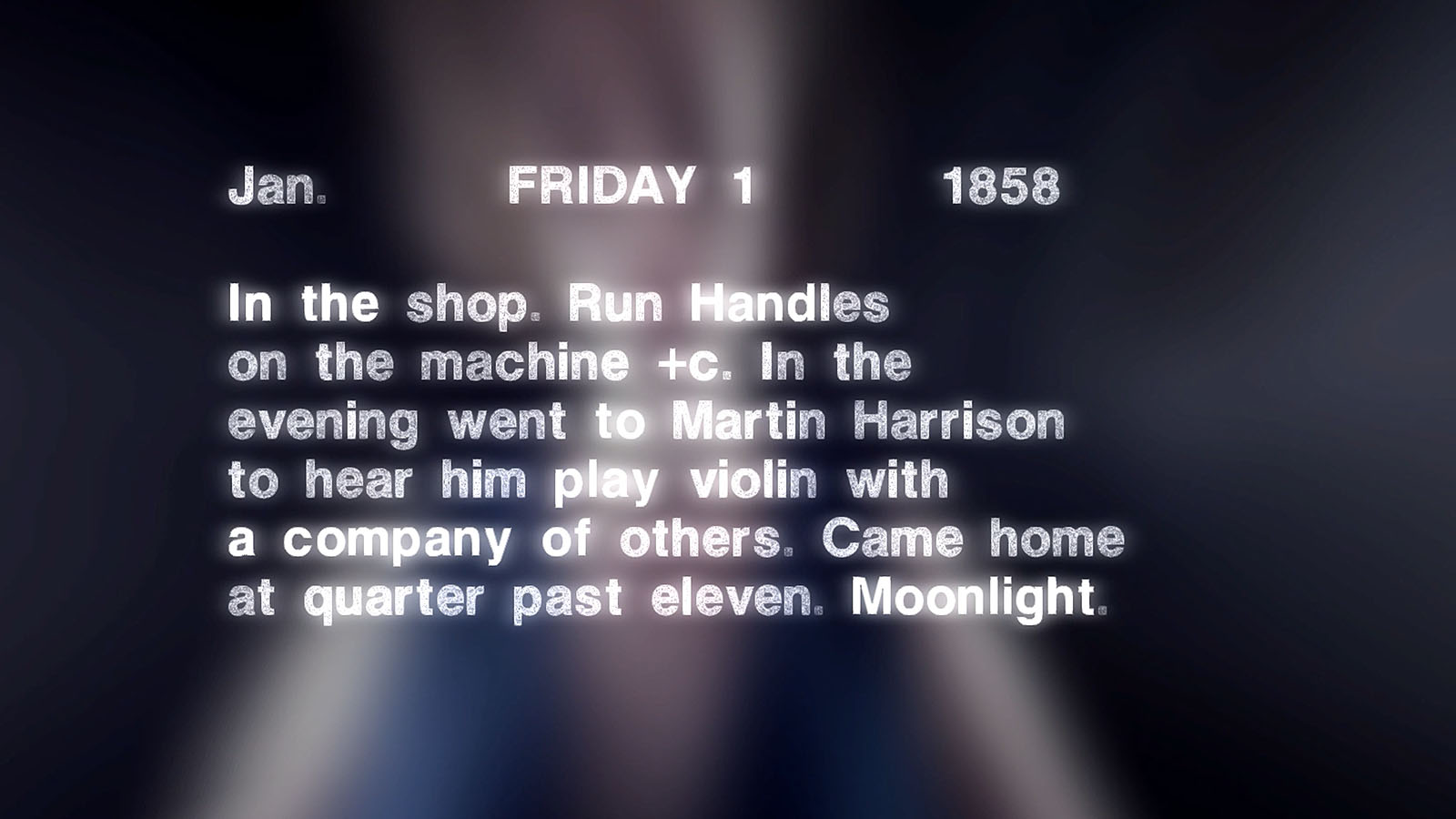
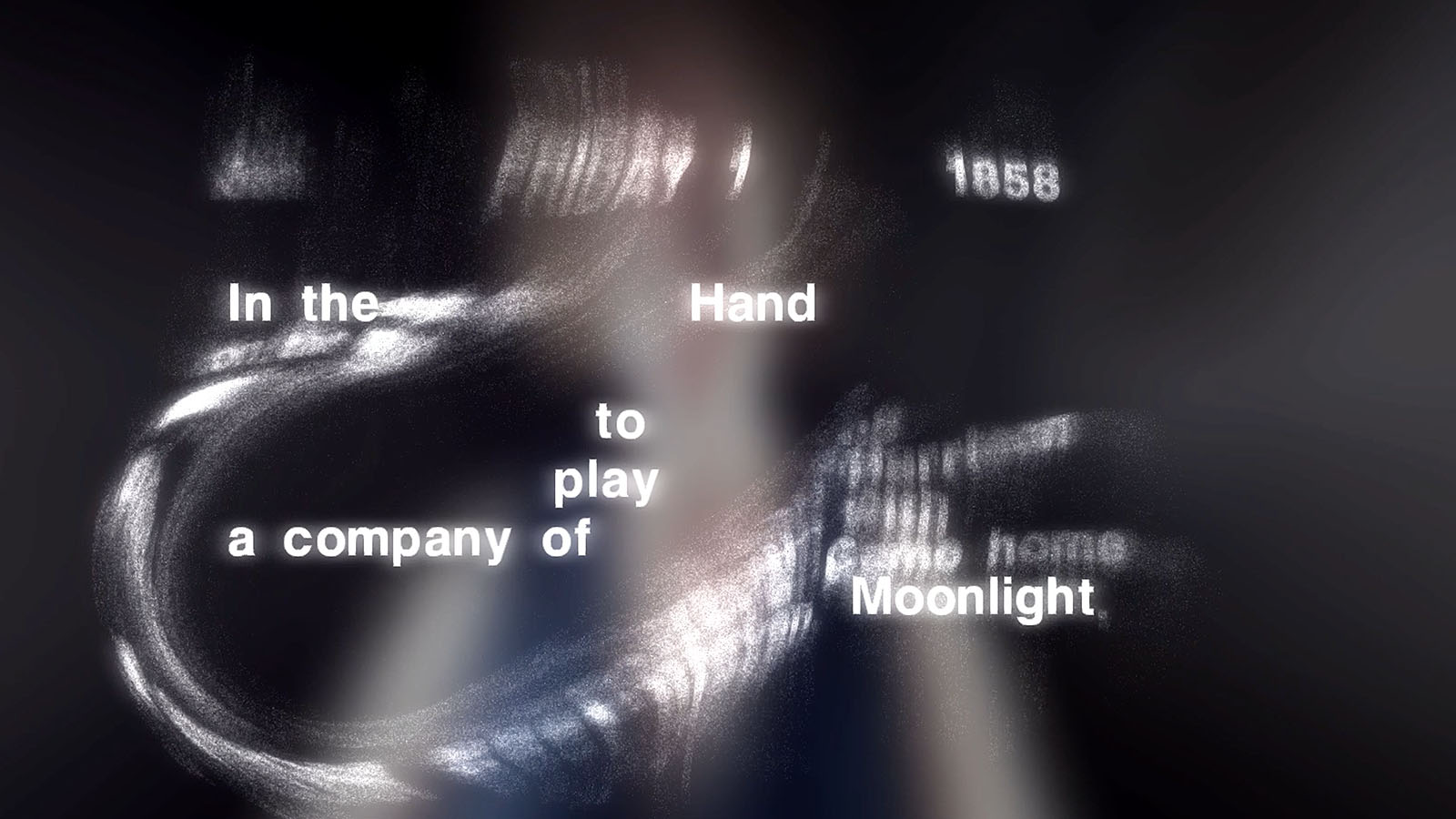
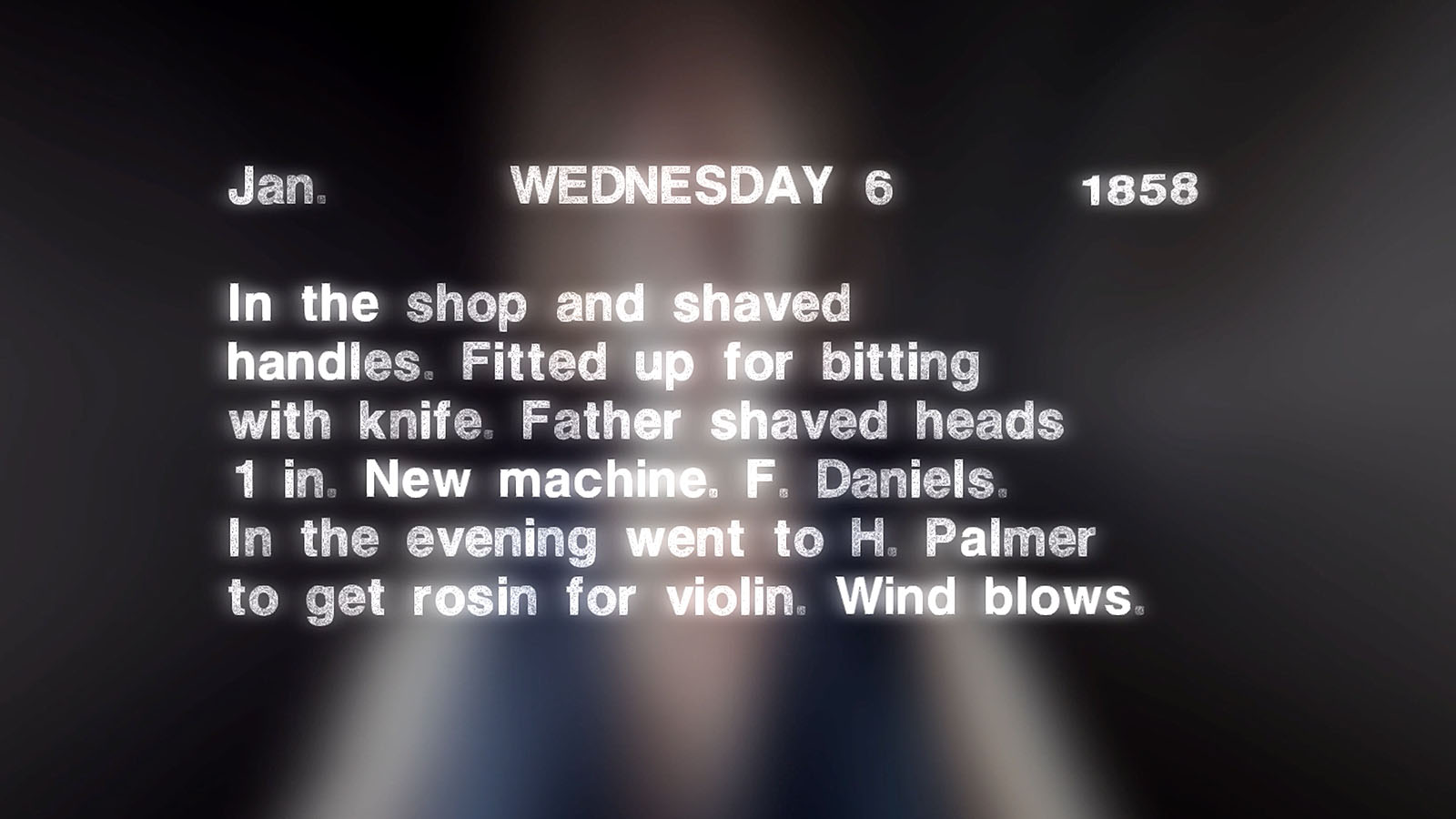
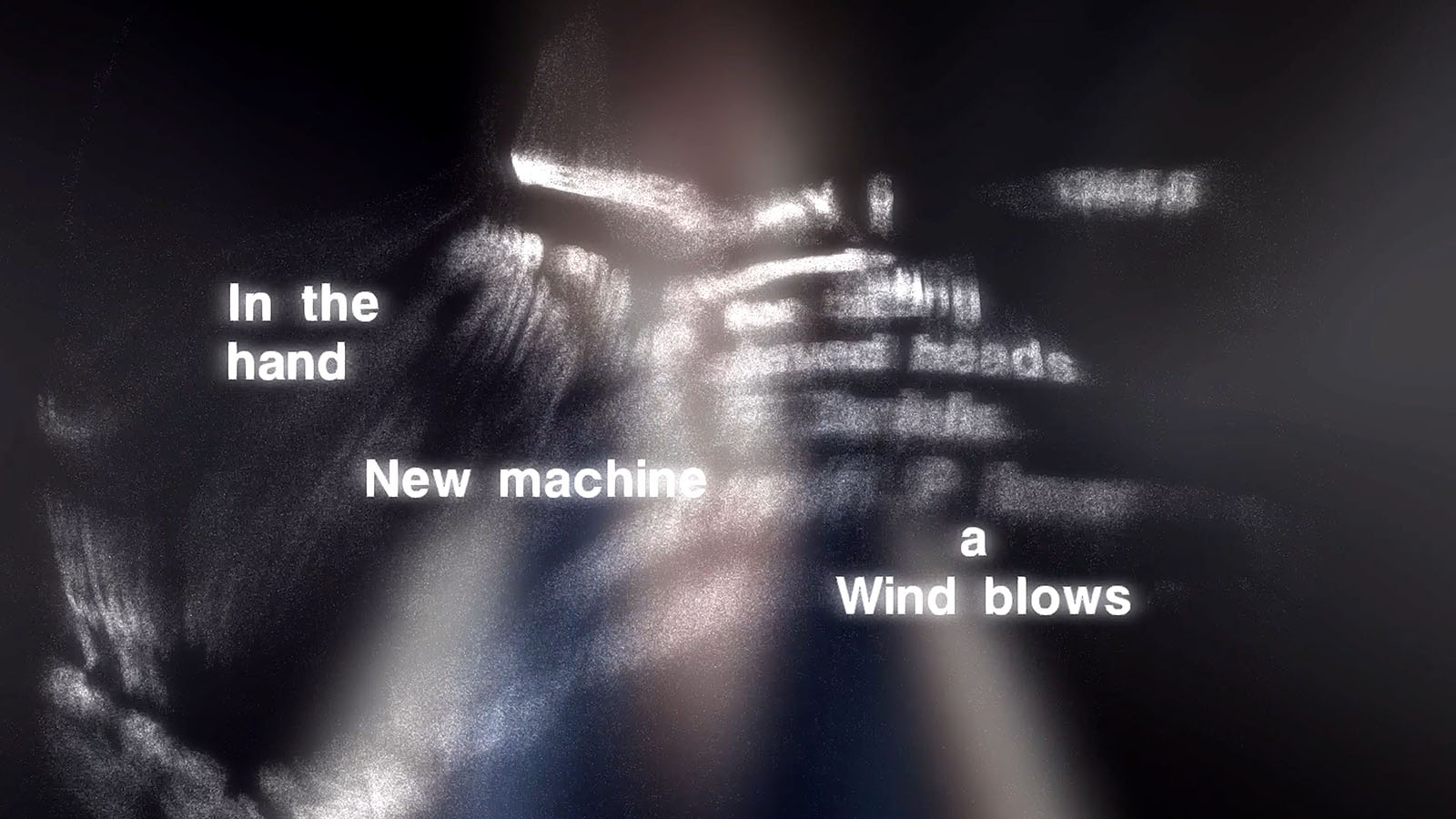
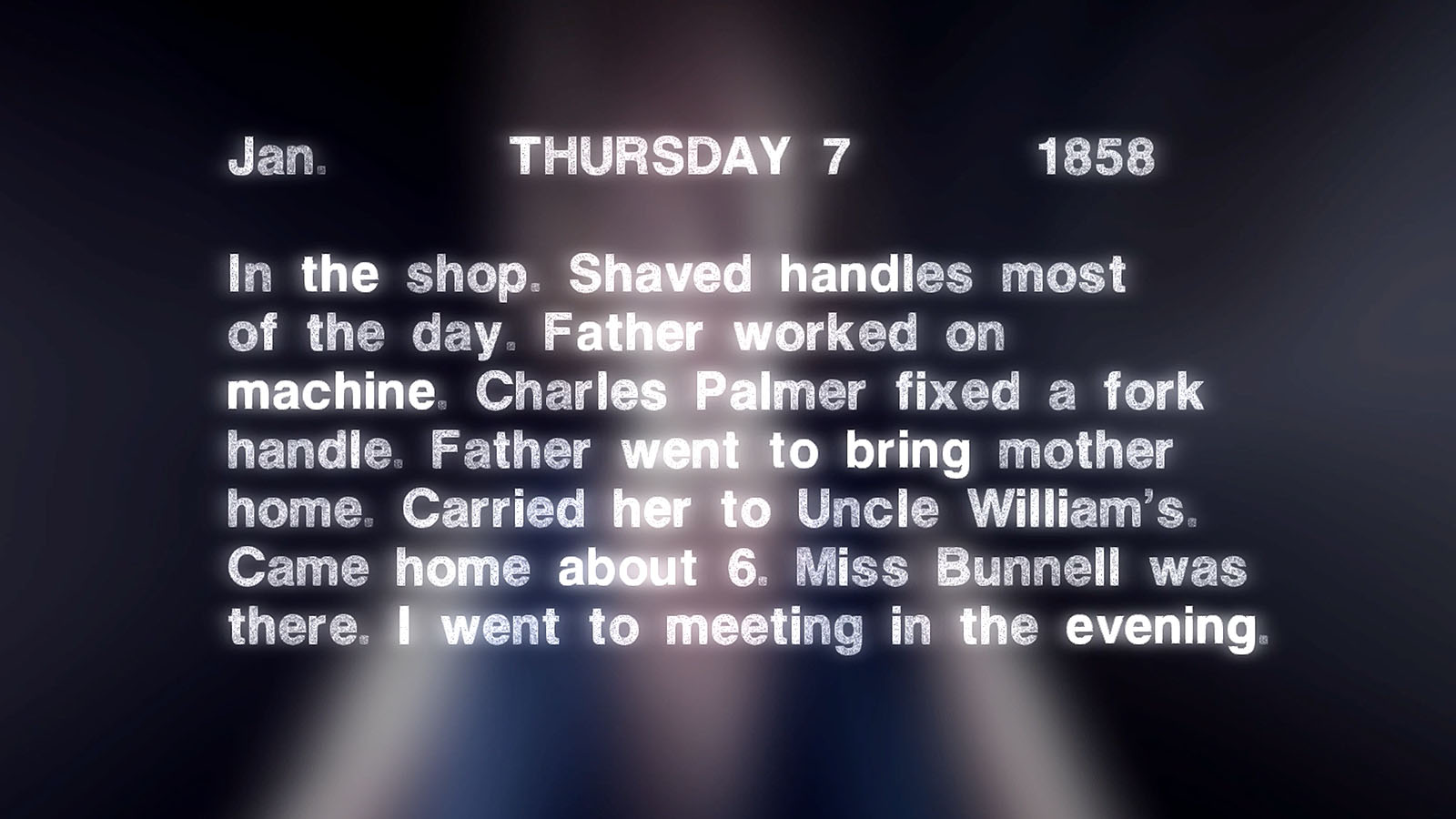
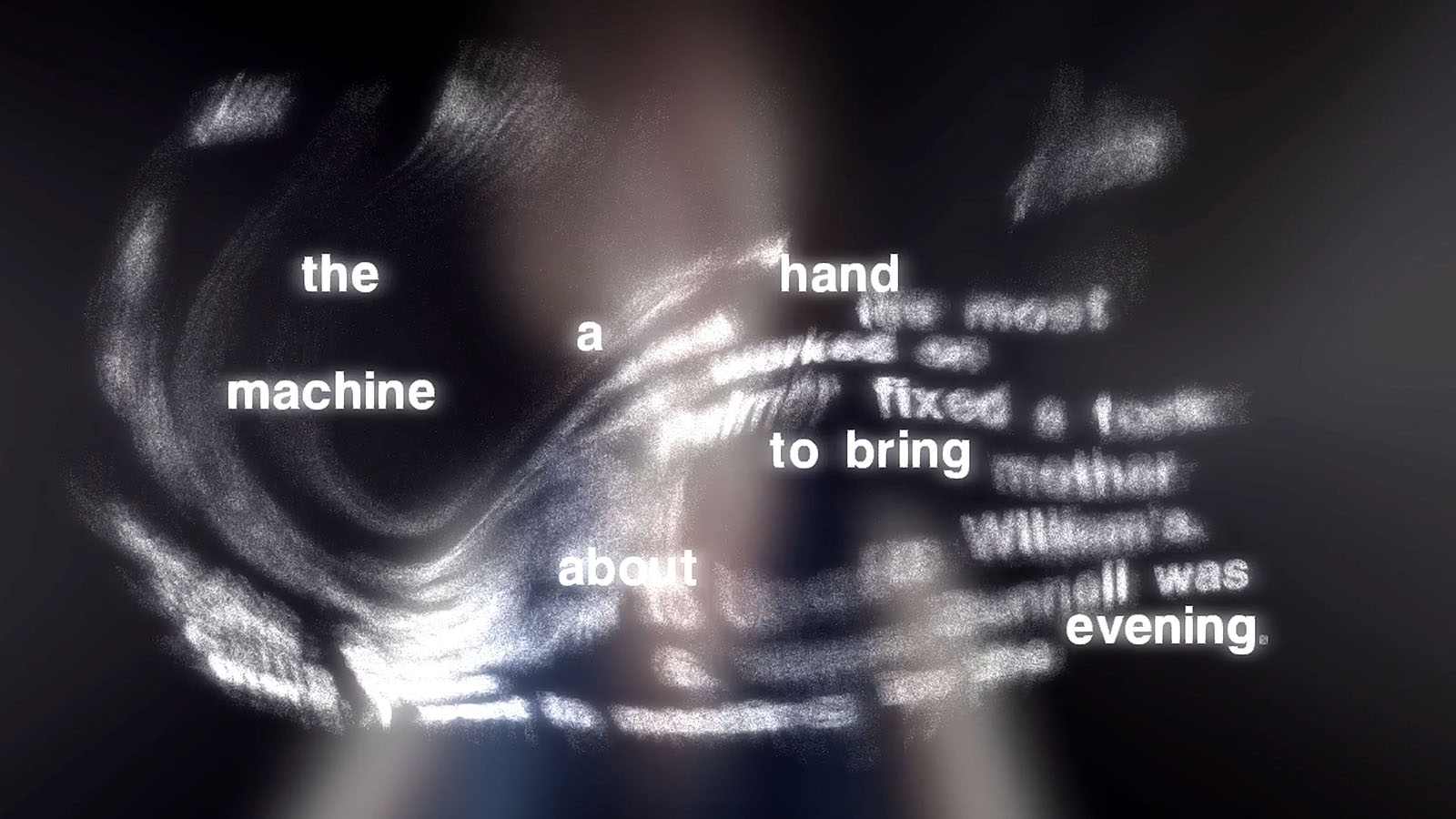
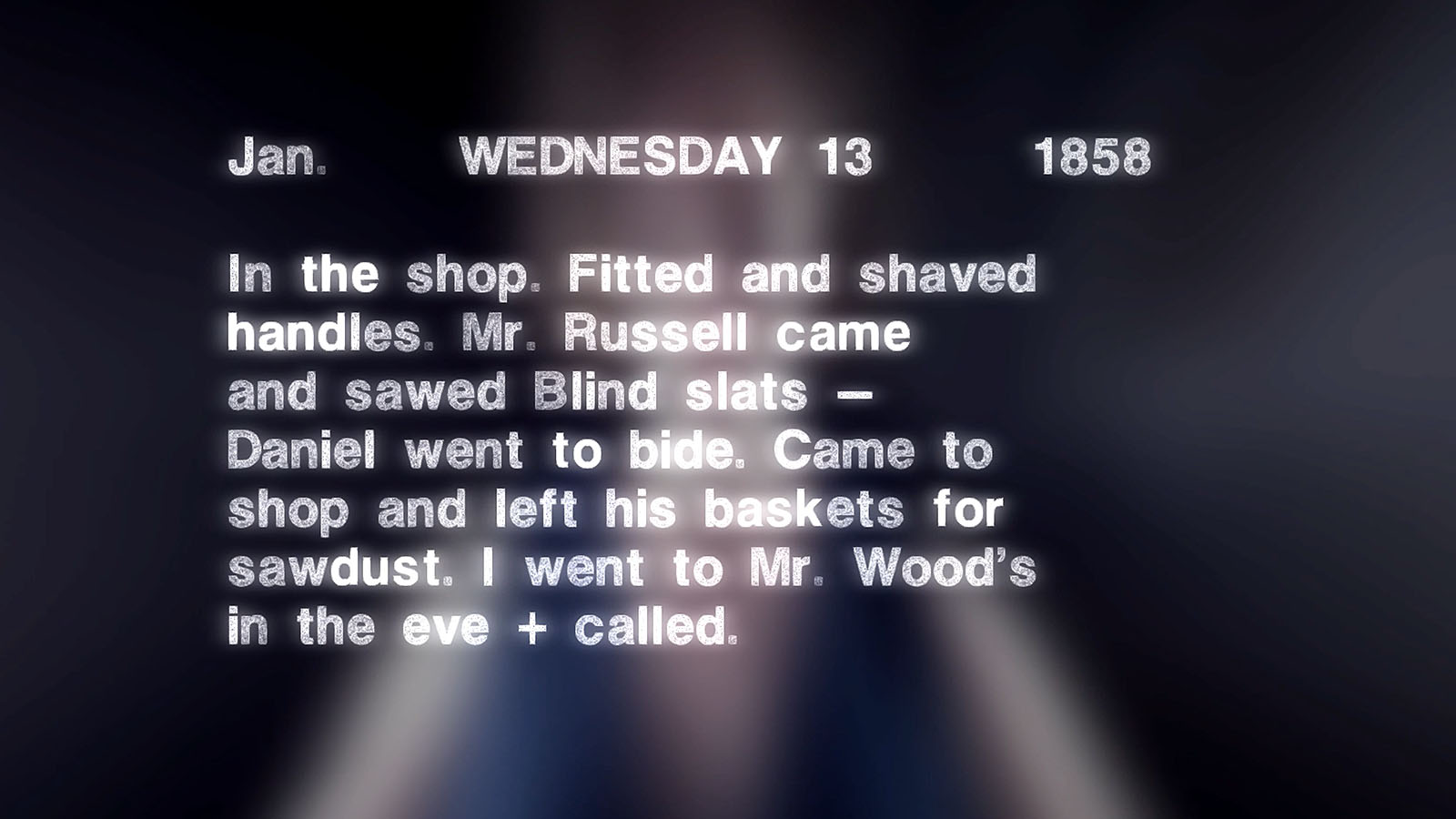
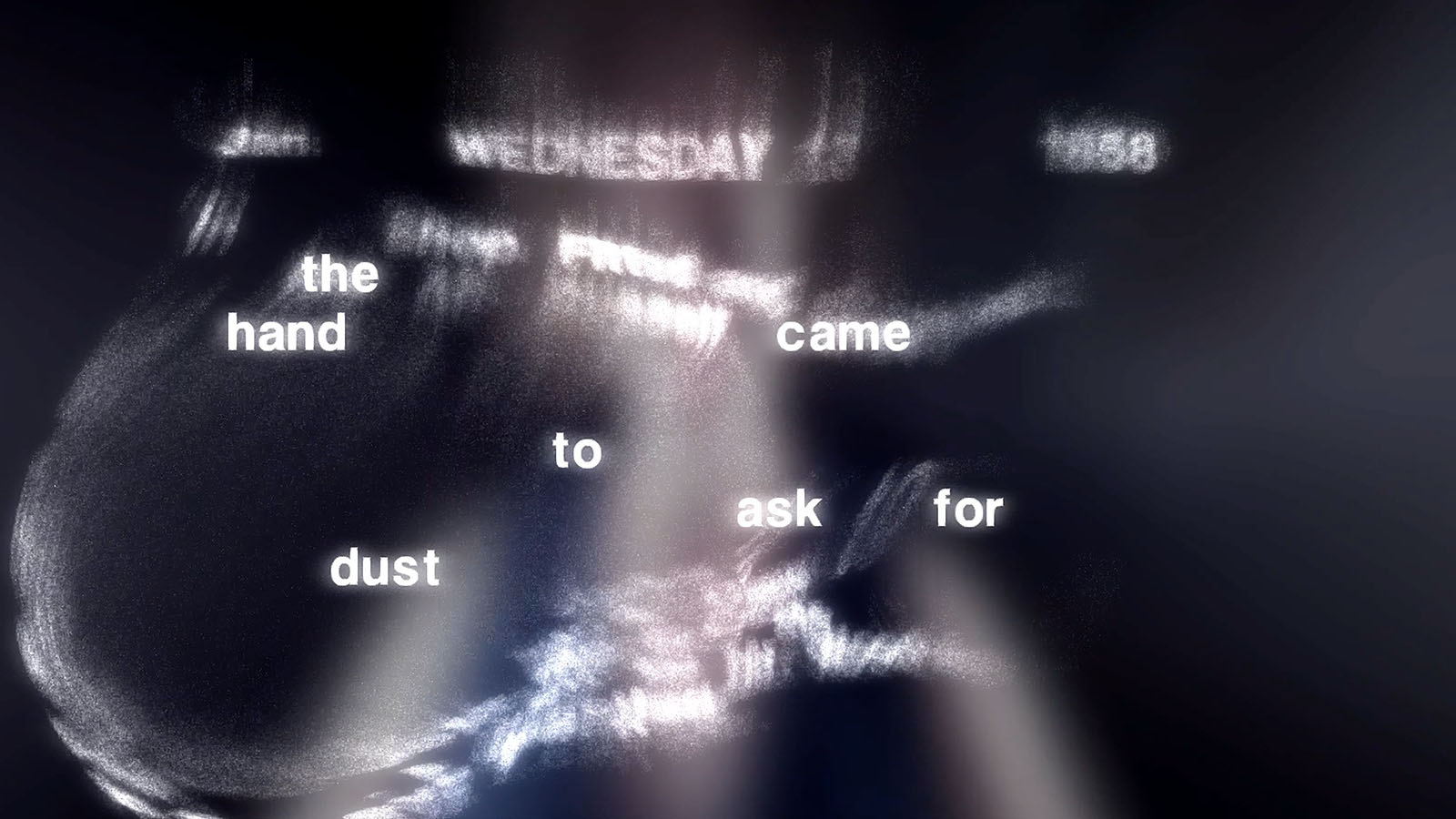
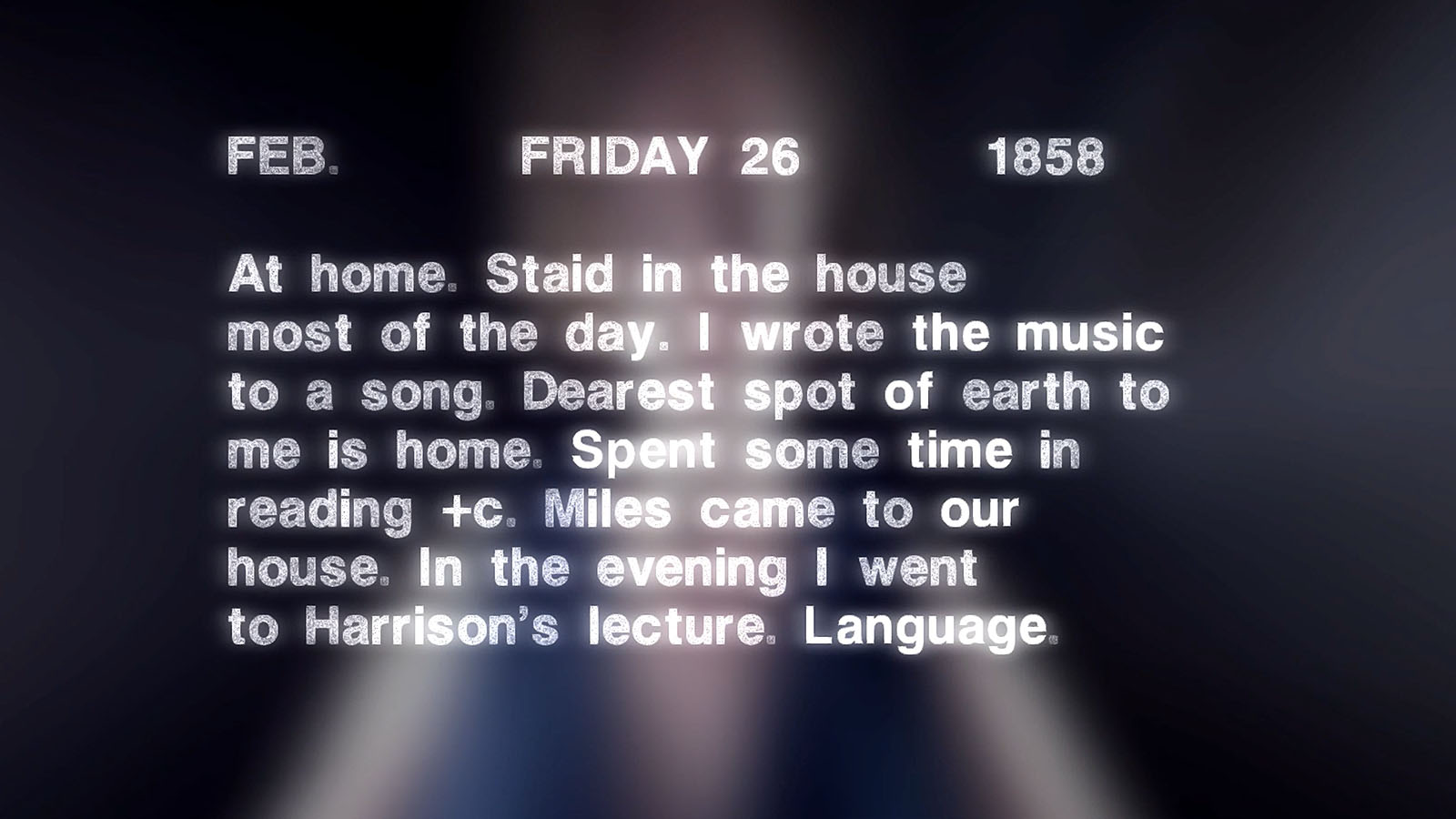
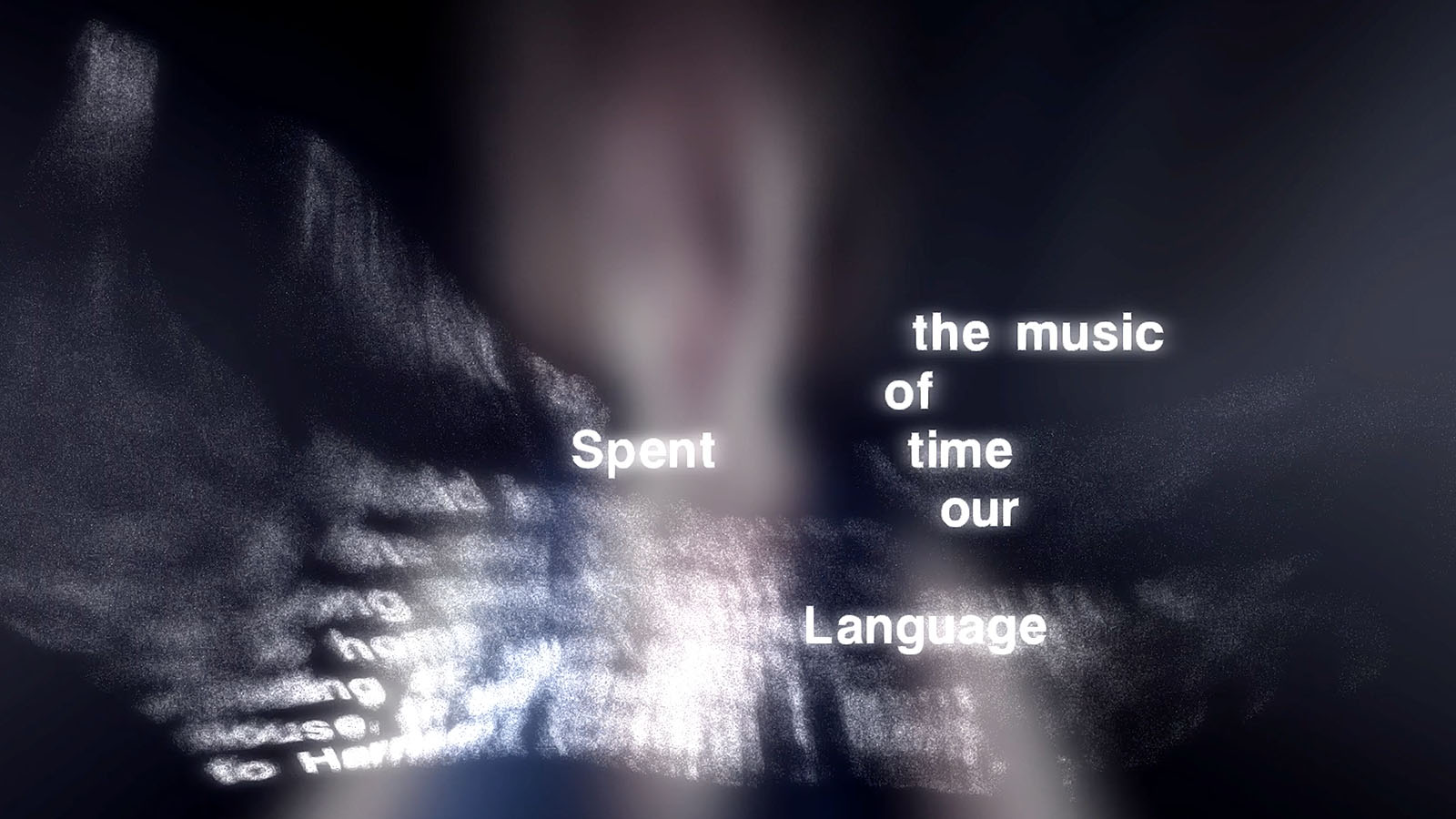
Whispering Galleries from Wholepixel on Vimeo.
Authors
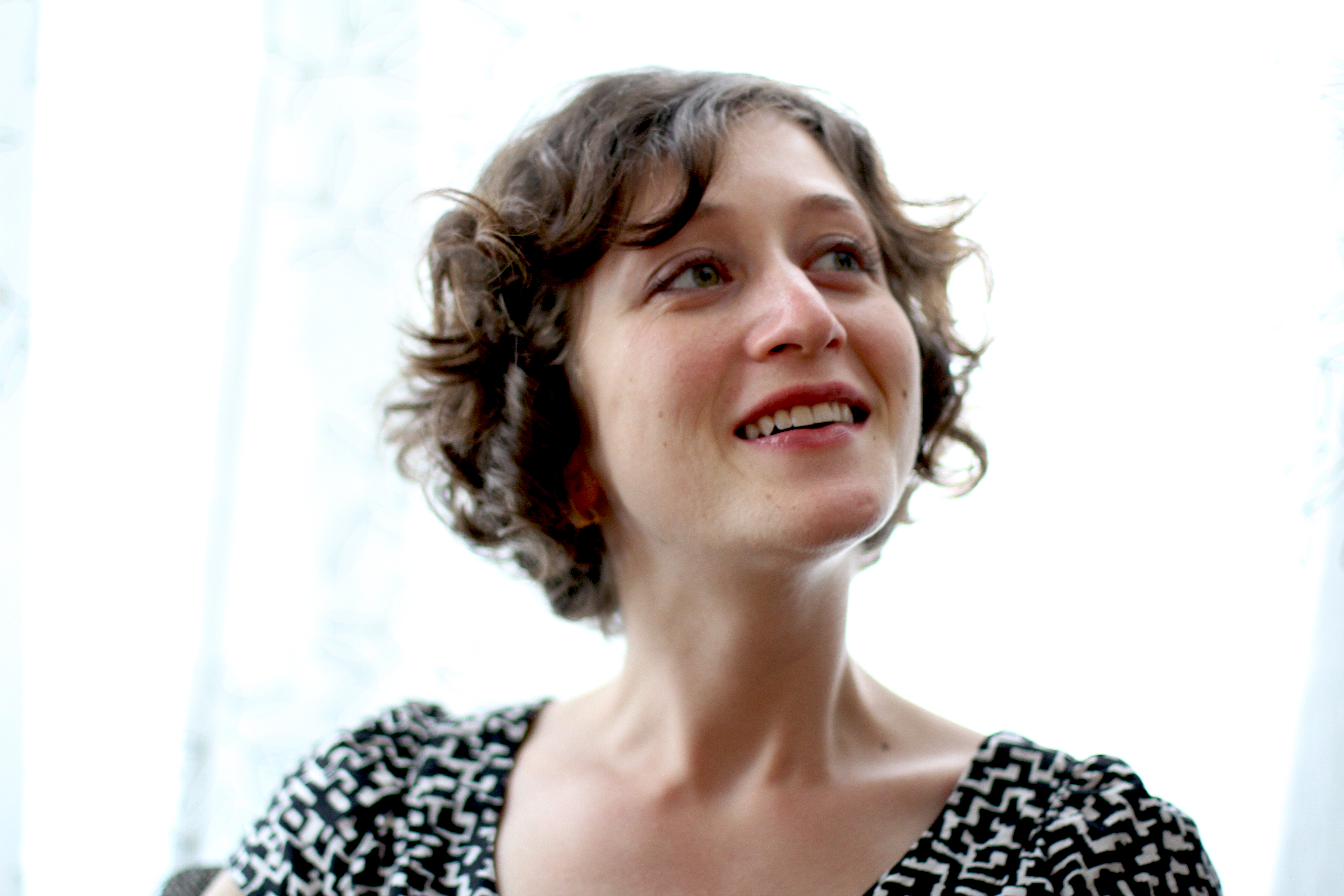
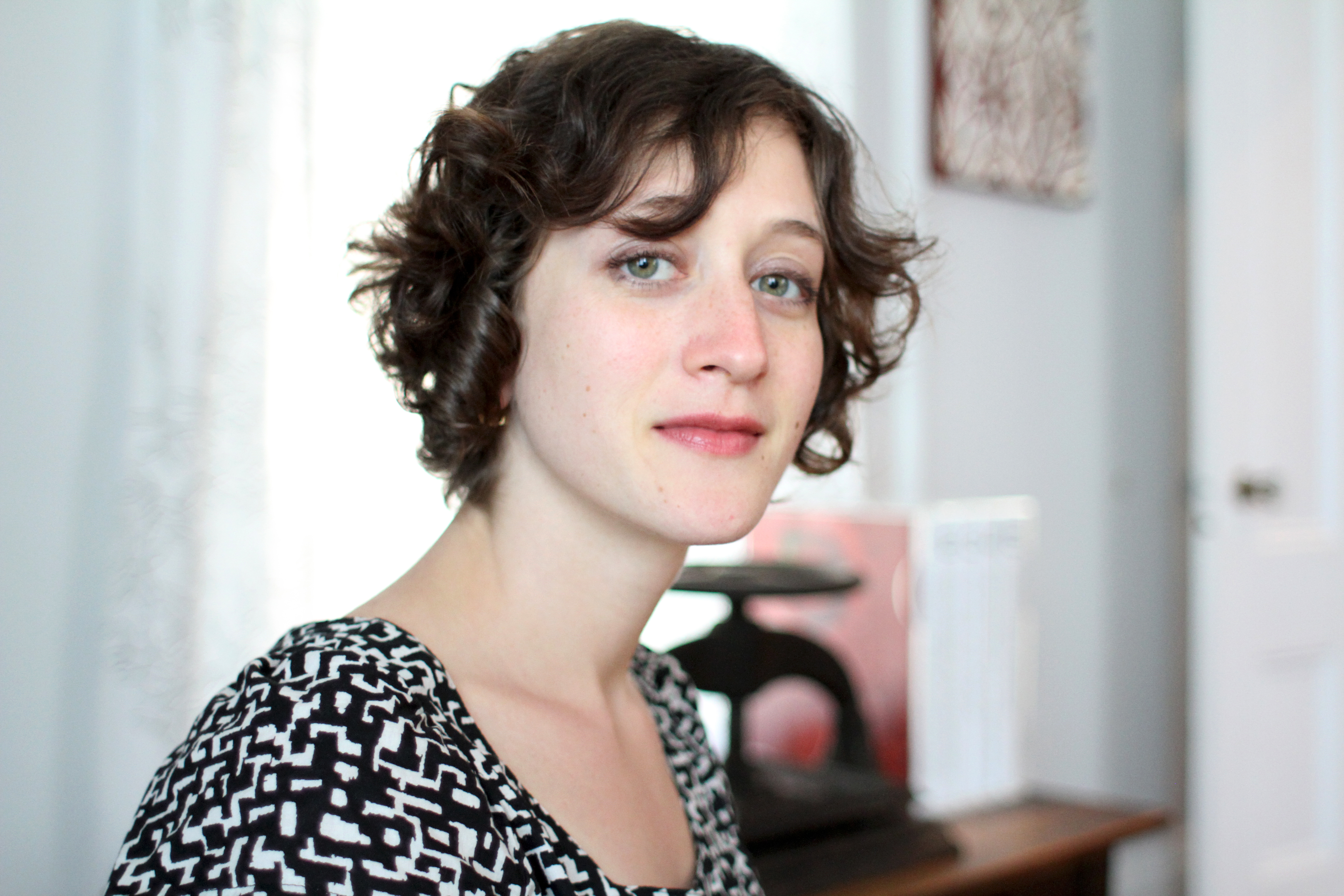
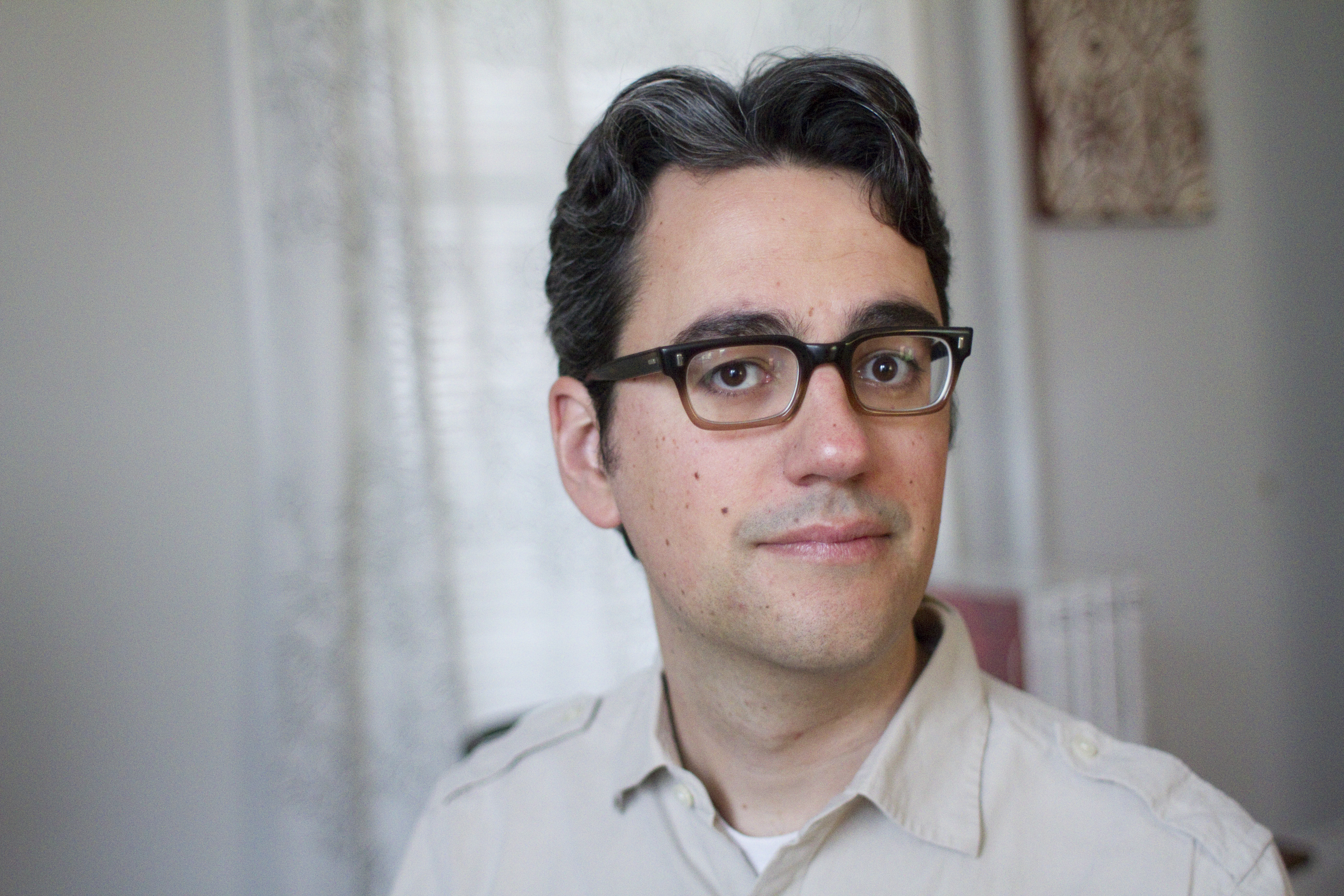
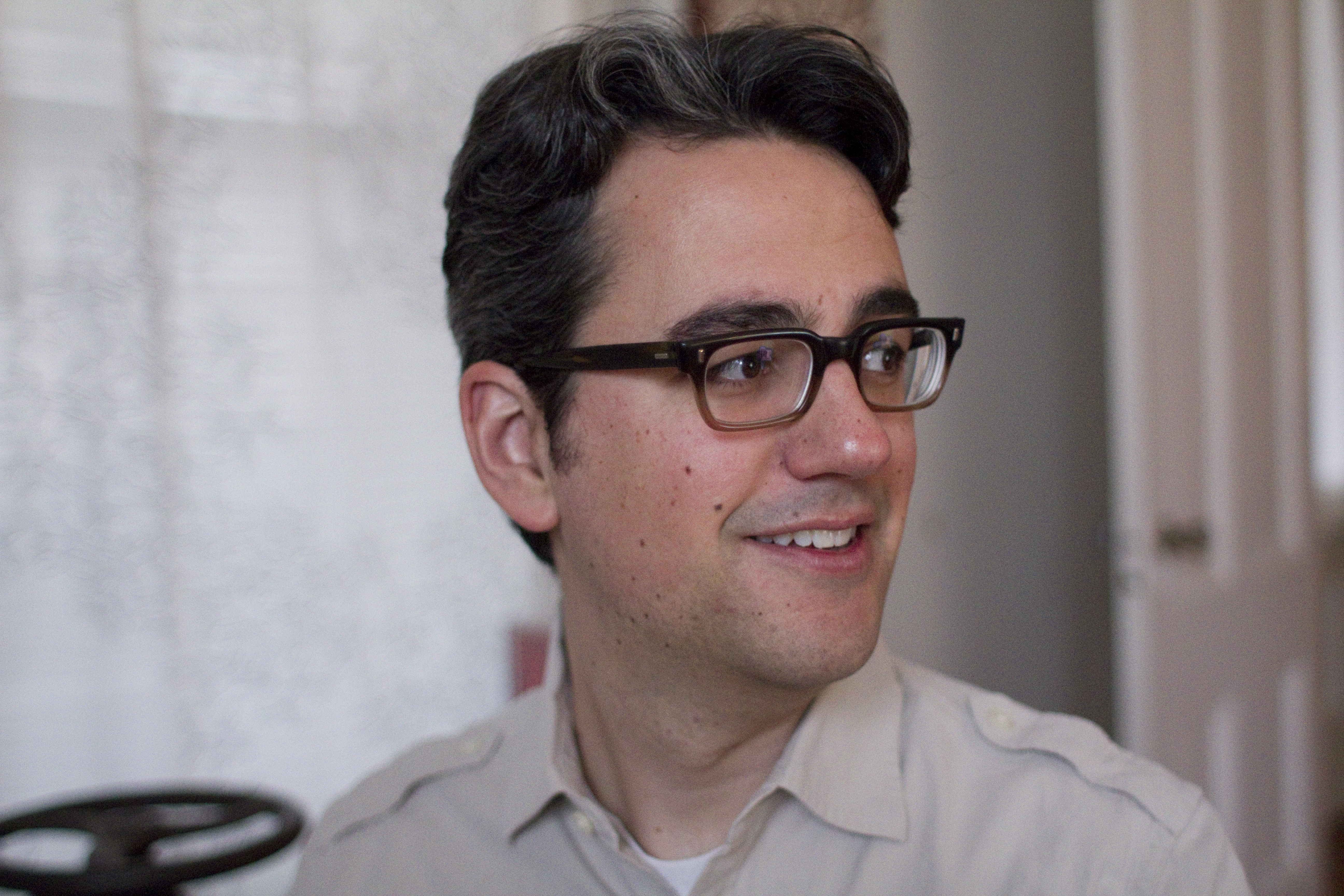
Amaranth Borsuk
Amaranth Borsuk is a poet, scholar, and book artist interested in textual materiality across media—from digital interactive works to hand-made objects. Her books include Handiwork (Slope Editions, 2012), selected by Paul Hoover for the 2011 Slope Editions Book Prize, and Between Page and Screen (Siglio Press, 2012), a book of augmented-reality poems created with Brad Bouse. Her intermedia project Abra, a collaboration with Kate Durbin and Ian Hatcher, recently received an Expanded Artists' Books grant from the Center for Book and Paper Arts at Columbia College Chicago and will be issued as an artist's book and iPad app in 2014. A trade edition is forthcoming from 1913 Editions. Borsuk's book-length erasure collaboration with Andy Fitch, As We Know, is forthcoming from Subito Press.
In addition to these book-based works, she has collaborated on number of projects including a bookmarklet that creates erasure poems from websitesand a libretto exploring the birth of spiritualism. Her artist's books have been exhibited internationally, and her poetry has been published widely in print and online.
She received her PhD in Literature and Creative Writing at the University of Southern California and served as a Mellon Postdoctoral Fellow in the Humanities at MIT before joining the faculty of the University of Washington, Bothell, where she is currently an Assistant Professor. Find more about her at amaranthborsuk.com
Brad Bouse
Brad Bouse is a developer interested in the creative applications of code. He has a degree in film production from the University of Southern California and began his career working in visual effects. He has given several talks about creative code, including a recent talk at CascadiaJS (video), the Northwest’s largest JavaScript conference.
His open source art projects include Solving Sol (github), which facilitates programmatically rendering Sol LeWitt’s wall drawings, and Facets.js, a generative polygonal library. With Amaranth Borsuk, he wrote Between Page and Screen (Siglio Press, 2012), a book of augmented-reality poems. In 2014, he and Borsuk created Whispering Galleries (Site Projects, CT@Work), an interactive poetry installation controlled by the Leap Motion.
Professionally, he runs a design consulting service that advises early-stage software startups on product design and user experience. More information at bradbouse.com.
References
Borsuk and Bouse's previous project, Between Page and Screen (Siglio Press, 2012), explores the place of books as objects in an era of increasingly screen-based reading. The book contaisn no text—only abstract geometric patterns and a web address leading to this site, where the book may be read using any browser and a webcam. The poems that appear—a series of letters written by two lovers struggling to map the boundaries of their relationship—do not exist on either page or screen, but in the augmented space between them opened up by the reader.
Between Page And Screen was written about in Salon, Wired, Brainpickings, Mashable, Huffington Post, The Daily Beast, American Scientist, and even had a small mention in The Economist. It has been exhibited internationally, including the Libracy of Congress, and is on permanent display at the Bibliothèque nationale de France.
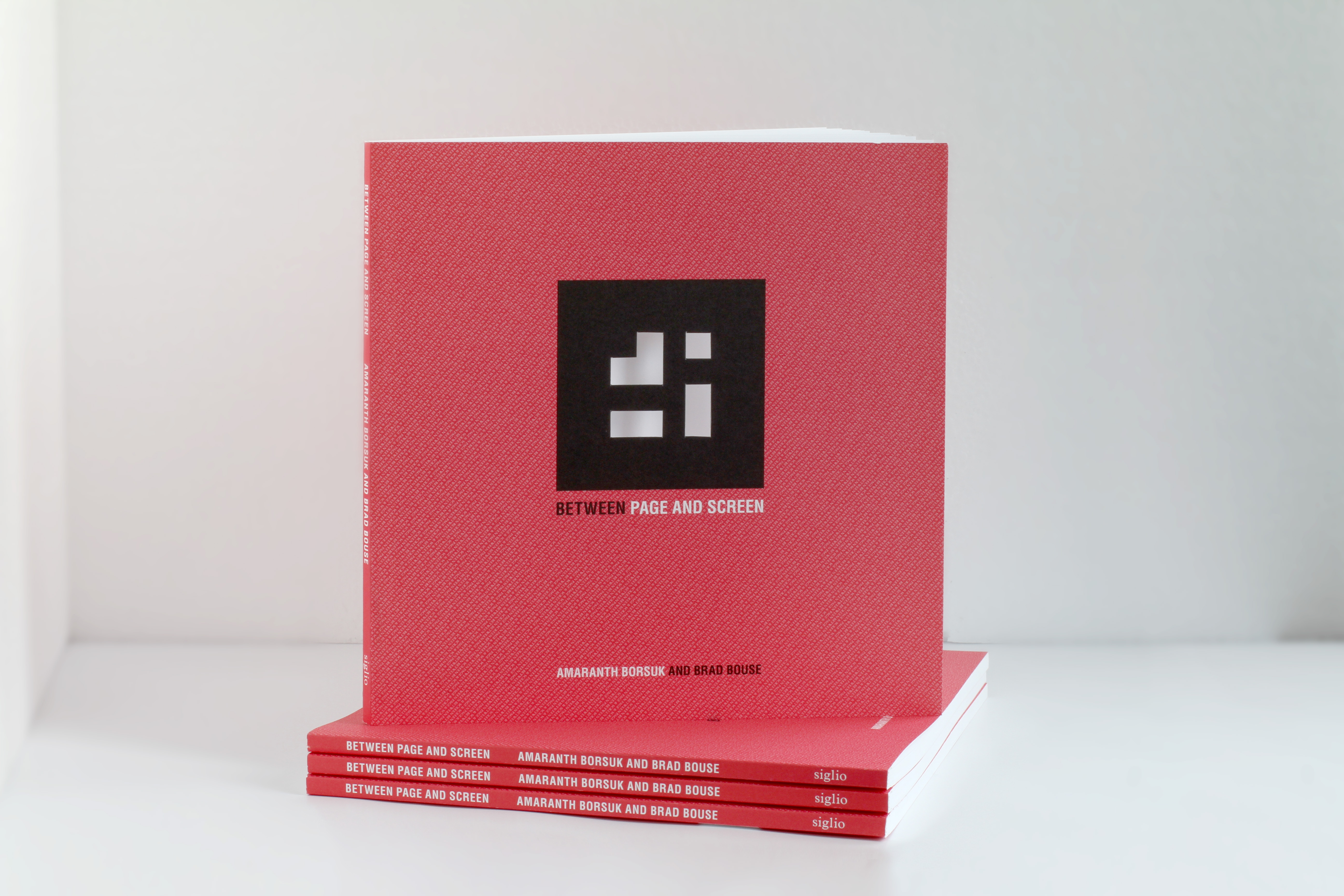





Whispering Galleries
A whispering gallery delivers a message from another time and place.
A whispering gallery is usually a circular, hemispherical, elliptical or ellipsoidal enclosure, often beneath a dome or a vault, in which whispers can be heard clearly in other parts of the gallery. Such galleries can also be set up using two parabolic dishes. Wikipedia
The angles at which sound travels through a whispering gallery are a visual theme for this project:


